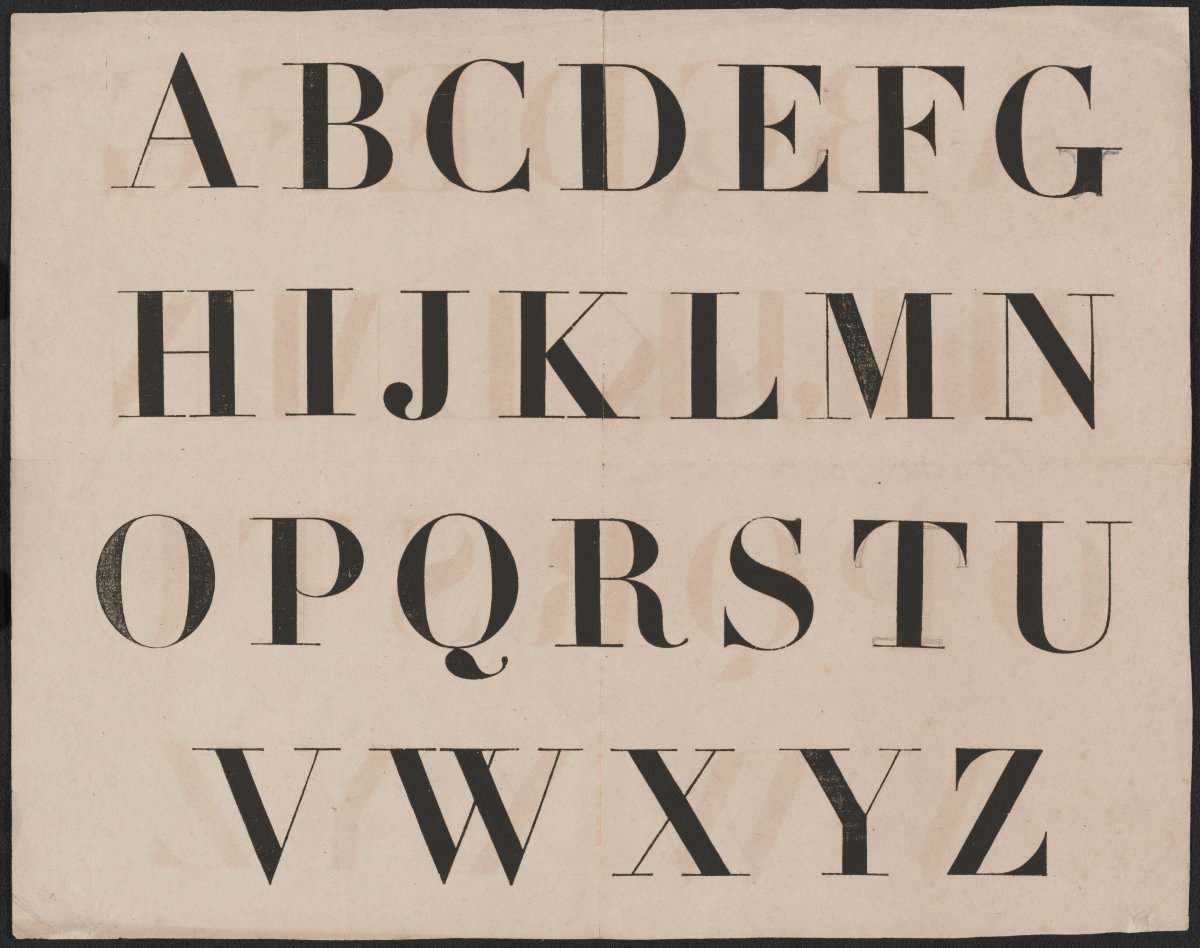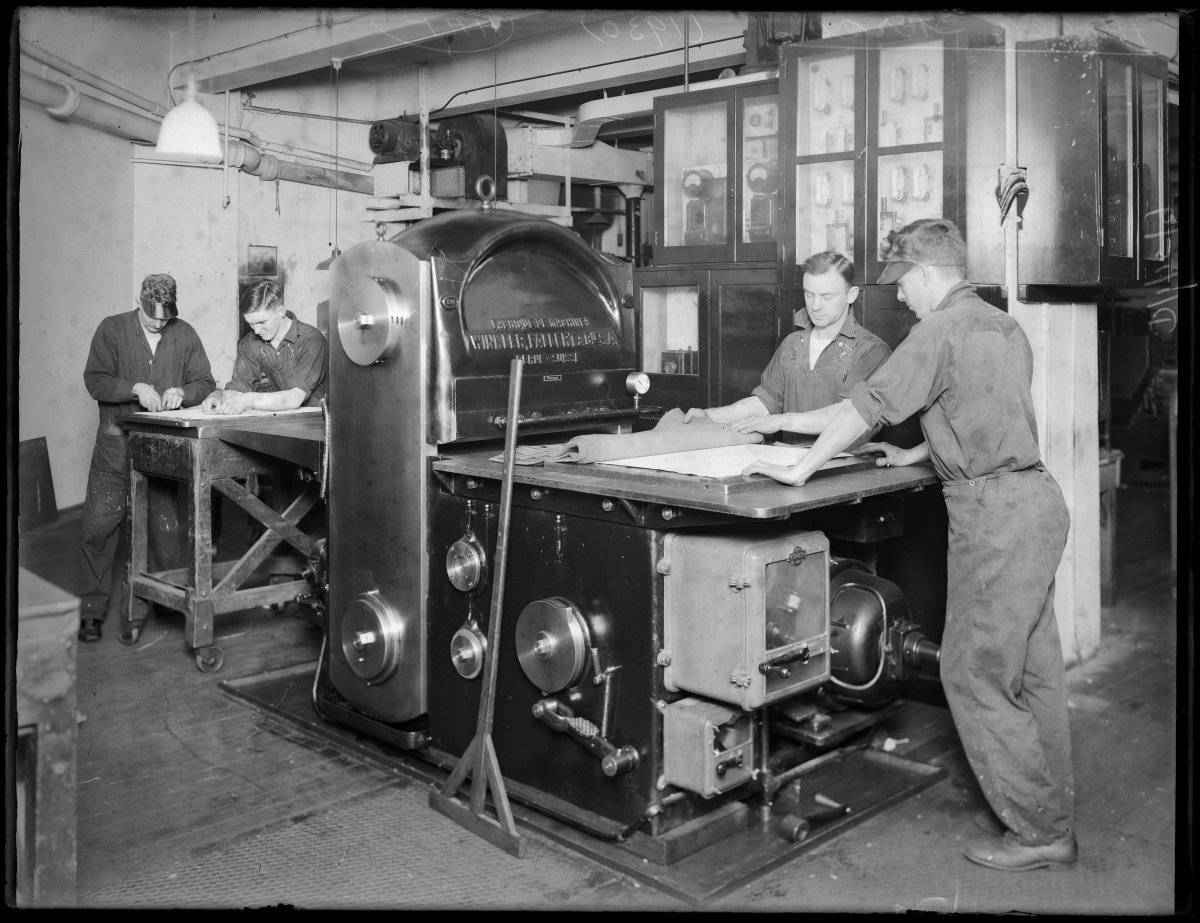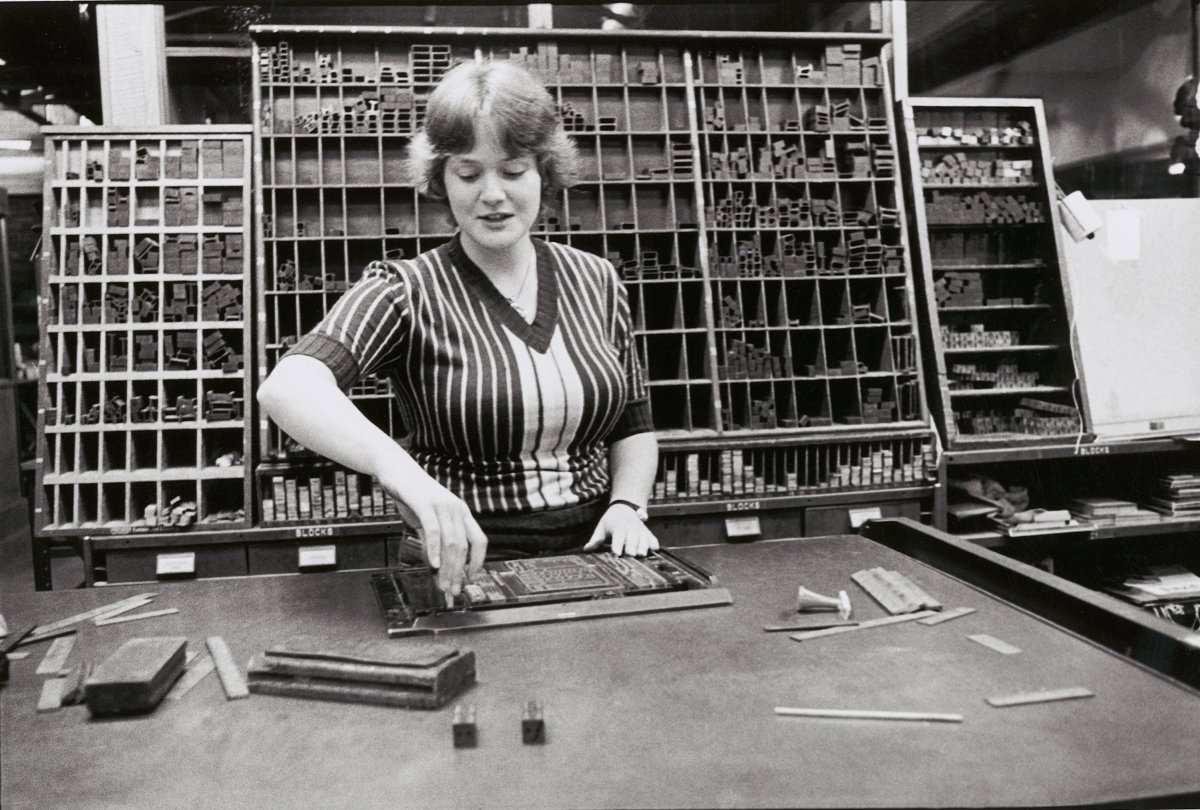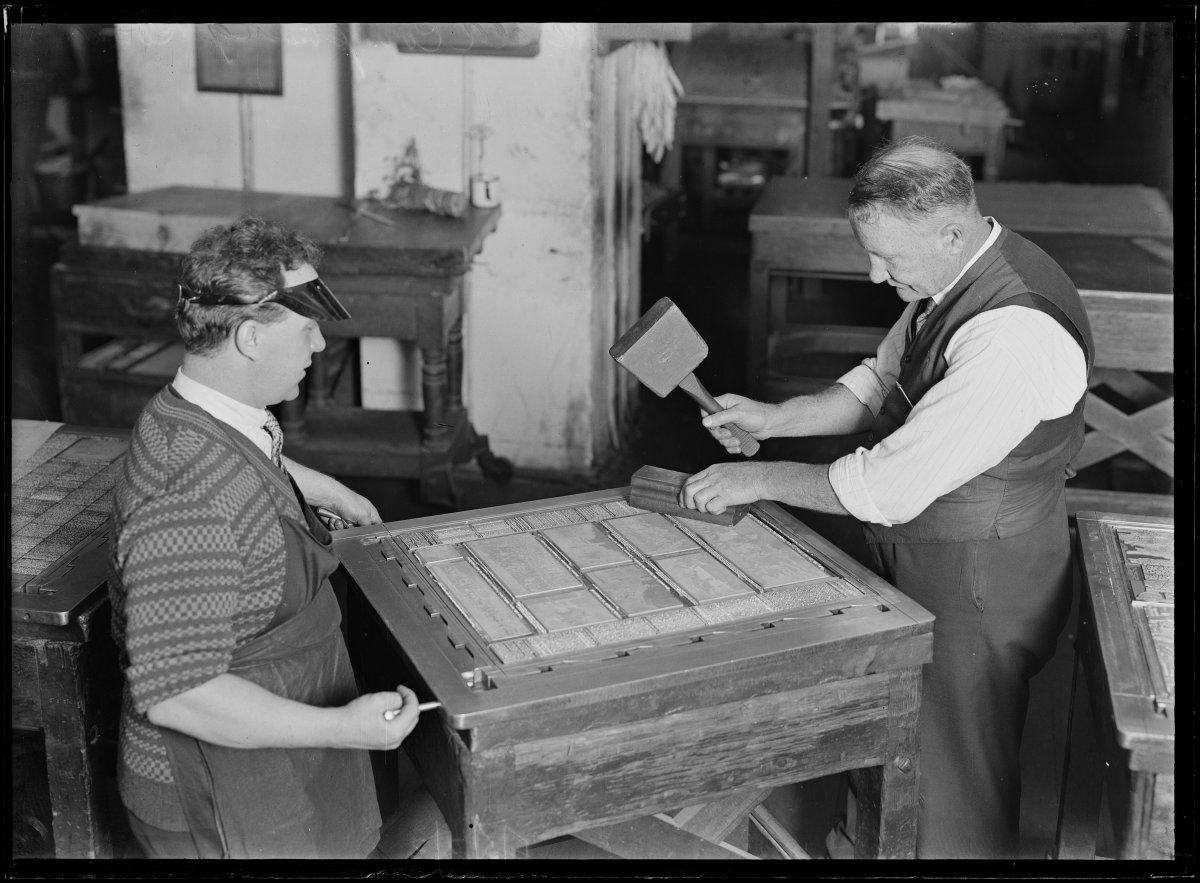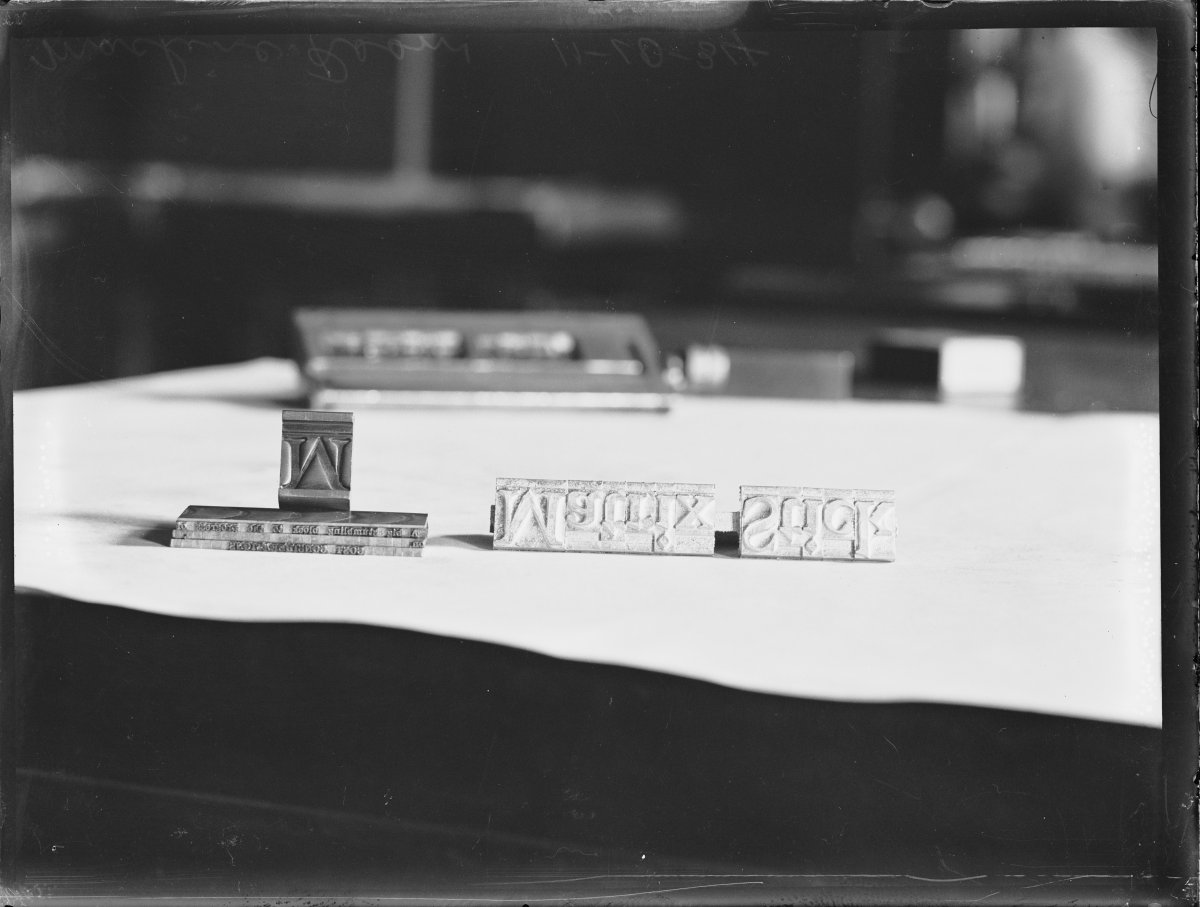This theme supports the following Content Descriptions and Elaborations for Year 8 History
AC9HH8K02
- The roles and relationships of different groups in Medieval, Renaissance, or pre-modern Europe
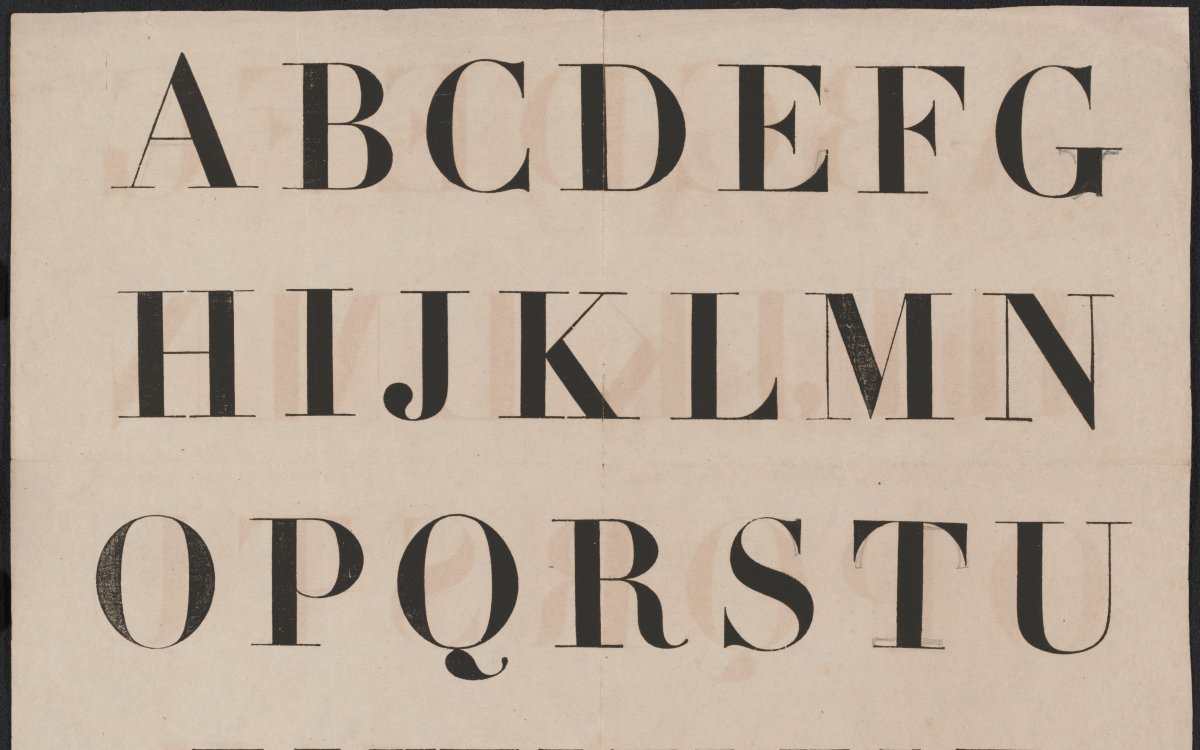
PIC MSR 14/8/2 #PIC/14340/1-51-Early Flemish, German, Italian, Spanish, French woodcuts./Item PIC/14340/40., https://nla.gov.au/nla.obj-2902124765
Since ancient times, most documents were written by hand. If multiple copies were needed, it would mean making multiple handwritten copies; even with a team of scribes, this was time consuming. It also meant that information could be difficult to read, depending how good a scribe’s handwriting was.
Together with the lack of reading and writing skills of much of the population in Europe, the time-consuming process of mass-producing written works meant that ideas and information were slow to spread to other towns and countries.
Sometime around 1440, a German goldsmith named Johannes Gutenberg invented a printing press that used movable type. Moveable type made use of individual letters, made of metal or wood, that could be arranged to spell out words and paragraphs. Once the page was set, they were placed face up in a frame on a flat metal bed and inked using a roller made of leather. A piece of paper was placed on top of the inked letters, then the whole frame was rolled under a flat metal plate. With a handle or screw, the operator would press the plate down onto the frame. The pressure would stamp the inked type on the paper. The frame was rolled out and the page removed. The type would be inked again and another piece of paper added. Once the desired number of copies were printed, the next set of type would be arranged and added to the frame, so the next set of pages could be printed.
While one person inked the letters, another could remove and reset the sheet of paper ready for printing. While two people worked the press, others would work arranging the type in frames ready for the next page run. Efficient printers could produce around 250 pages an hour. With this new method of printing, the same information could be duplicated exactly many times over with accuracy and clarity. This extended to images as well as text.
One of the first major works to be published using moveable type was the Bible. It would become known as the Gutenberg Bible. Wildly popular when new, with many copies being sold, only 49 complete copies remain in existence today. The National Library of Australia holds a single leaf from a Gutenberg Bible.
The basic method of typesetting and “stamping” text onto paper was used right up to the time of the invention of computers and printers, although the materials and process had changed with the invention of steam power and electricity.
These examples from the twentieth century show people setting the frames with the type, and the type being arranged by compositors.
The basic method of typesetting and “stamping” text onto paper was used right up to the time of the invention of computers and printers, although the materials and process had changed with the invention of steam power and electricity.
These examples from the twentieth century show people setting the frames with the type, and the type being arranged by compositors.
With the increasing spread of literacy among the peoples of Medieval Europe and the advent of the printing press, the demand for and sale of books and other written material grew rapidly. With such quantities being produced, books became cheaper and more widely available. New ideas, philosophies and practices began to reach wider audiences. However, this was met with hostility from parts of society, mainly the Catholic Church and the aristocracy, who had long held control over most of the written information being published and distributed.
Despite the opposition, the spread of new ideas could not be contained.
This was a time when people across Europe began questioning long-held beliefs about science and nature as well as government policies and religious teachings. As explorers brought back news of newly “discovered” lands in the Americas, Asia and the Pacific, people were eager to read and learn about previously unknown places. As the centuries progressed, this quest for information and understanding grew, eventually turning into a series of intellectual movements collectively known as the Age of Enlightenment. You can read more about the Enlightenment and some keys figures here: Science and Strategy: The Enlightenment
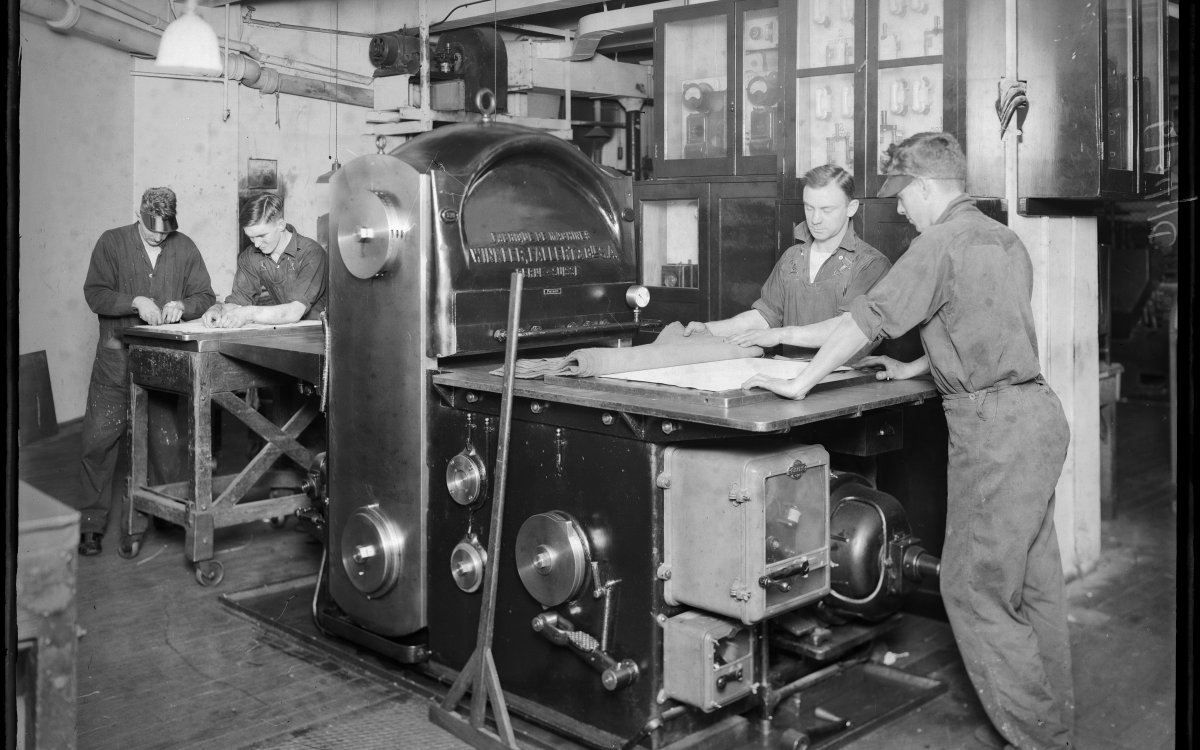
Fishwick, Herbert H., 1882-1957 & Fairfax Corporation. (1930). Men operating a printing press in the processing department at the Sydney Morning Herald, Sydney, 1930 [picture]. http://nla.gov.au/nla.obj-163392400
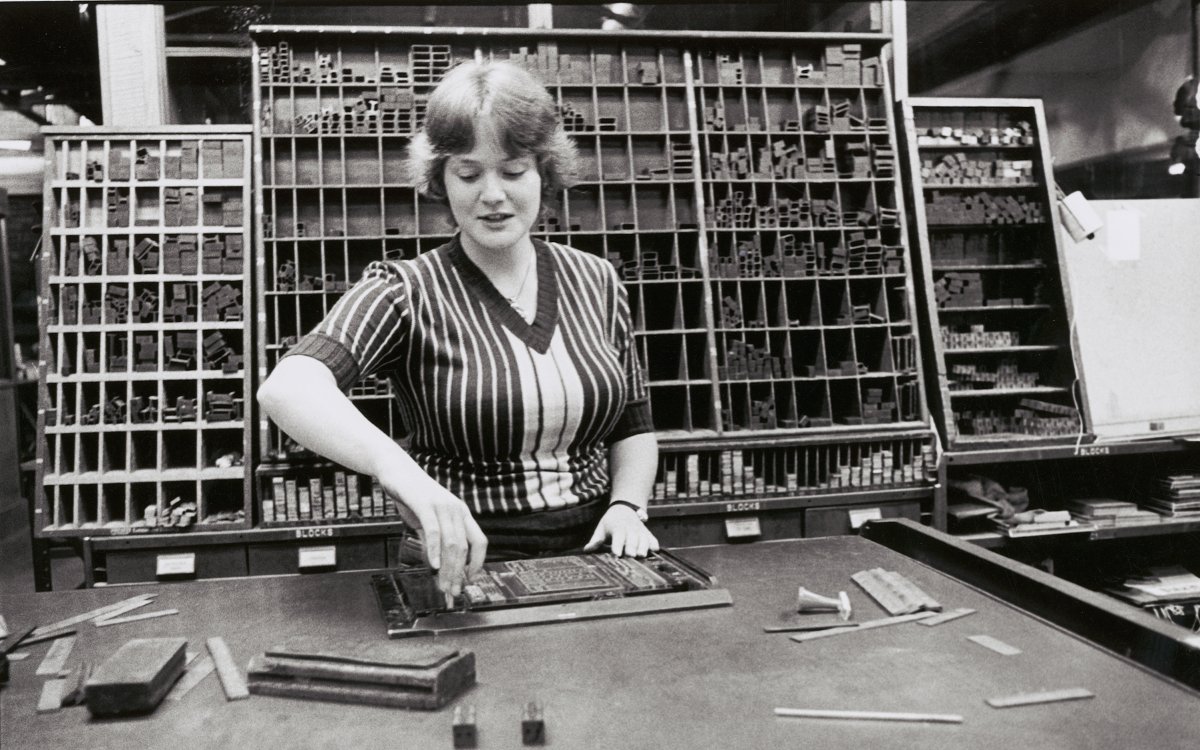
Maddison, Ruth, 1945-. (1979). Claire Norman, printing compositor, setting type [picture] / Ruth Maddison. http://nla.gov.au/nla.obj-144410746
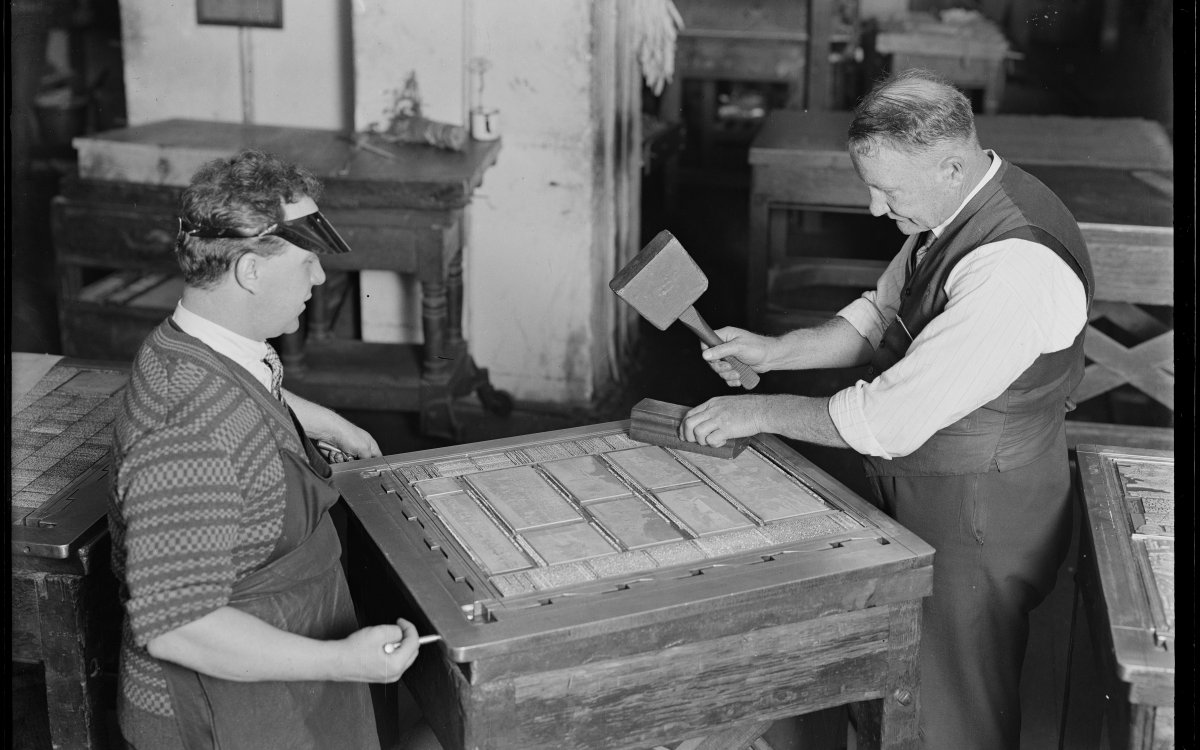
Fairfax Corporation. (1920). Two men working on printing plates in the composing room of the Sydney Morning Herald office, Sydney, ca. 1920s [picture]. http://nla.gov.au/nla.obj-163007050
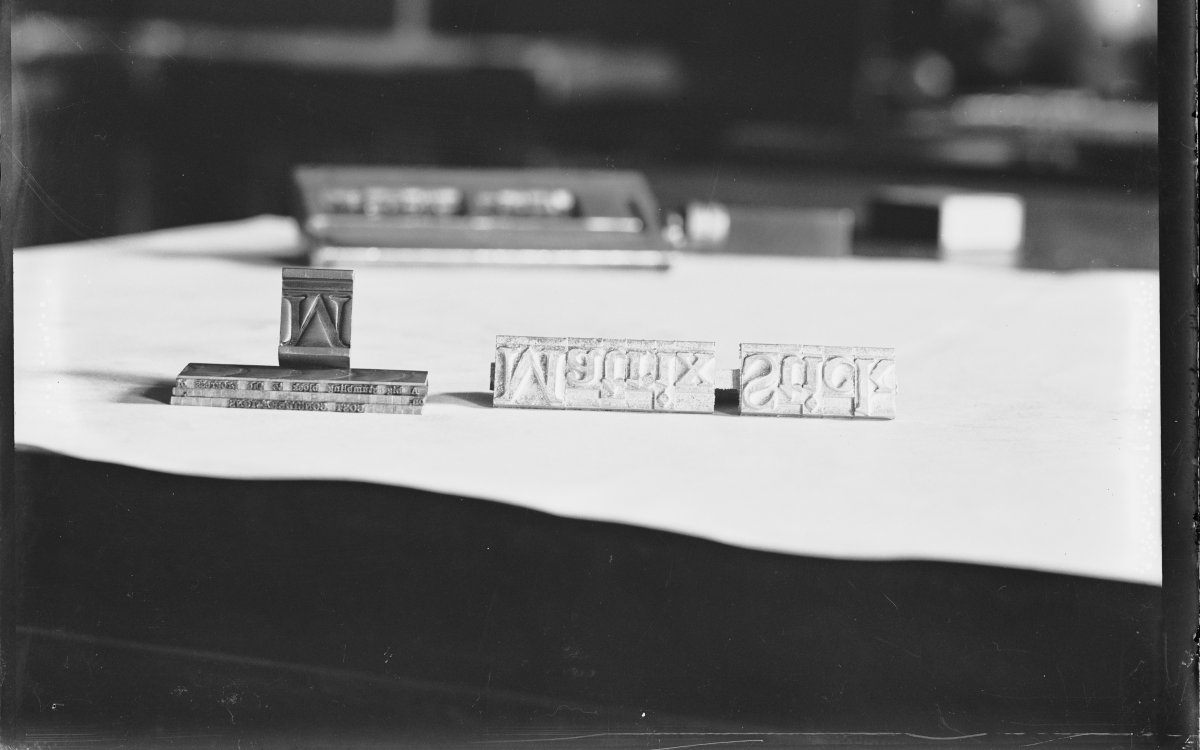
Grimes, F. S. (Frederick Stanley) & Fairfax Corporation. (1934). Typefaces in various fonts in the Sun newspaper machine room, Sydney, 11 October 1934 [picture]. http://nla.gov.au/nla.obj-162382052
Activities
- The invention of the printing press changed the world. New discoveries, ideas and information reached more people, more quickly and in higher volume.
- As a class, create a list of innovations or technologies that changed the world (for better or worse).
- Have the class vote and rank the top ten developments and create a survey.
- Have the class survey other students/classes/teachers on their choices for more influential innovation.
- Compile the survey results and rank the results accordingly.
- Although the printing press was a feat of technology and engineering at the time, the idea of stamping shapes, patterns or letters onto a surface to tell a story or convey an idea is thousands of years old.
- Have the class write a simple story or idea.
- To tell their story they can create a series of stamps: they could be shapes, patterns, letters, numbers, etc. These can be created out of a range of materials including vinyl, plastic, rubber, sponge, wood, etc.
- Using paint or ink, have the students print their story, idea or concept using their stamps.
- The English language employs a range of idioms that relate to printing.
- Using the list below, see if the class can deduce the meaning of the idioms and if they have heard them before.
- Research the meaning behind each idiom.
|
Not worth the paper it’s printed on |
Read the fine/small print |
Upper case |
|
Lower case |
Mind your p’s and q’s |
Stop the presses! |
|
A licence to print money |
Hit print! |
Hot off the press(es)! |
